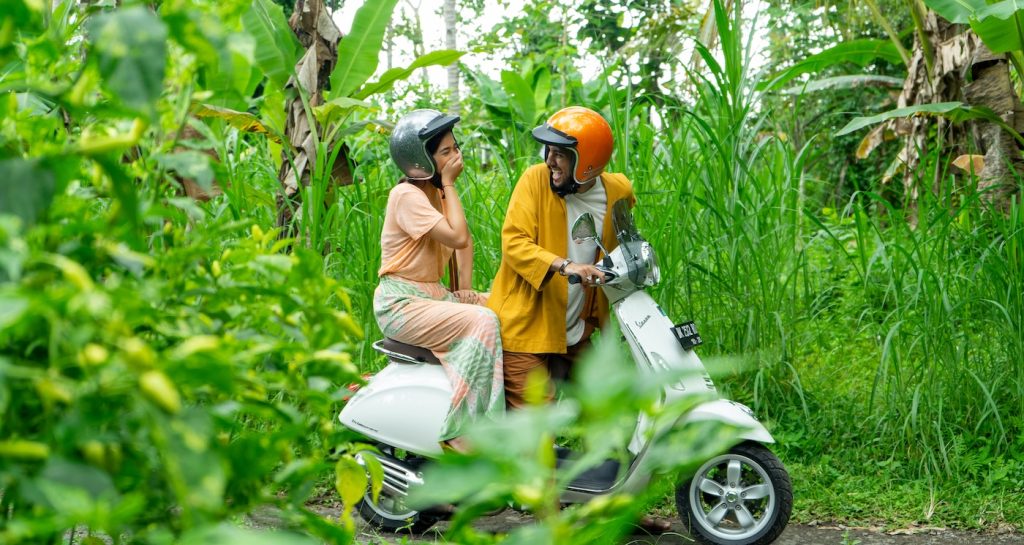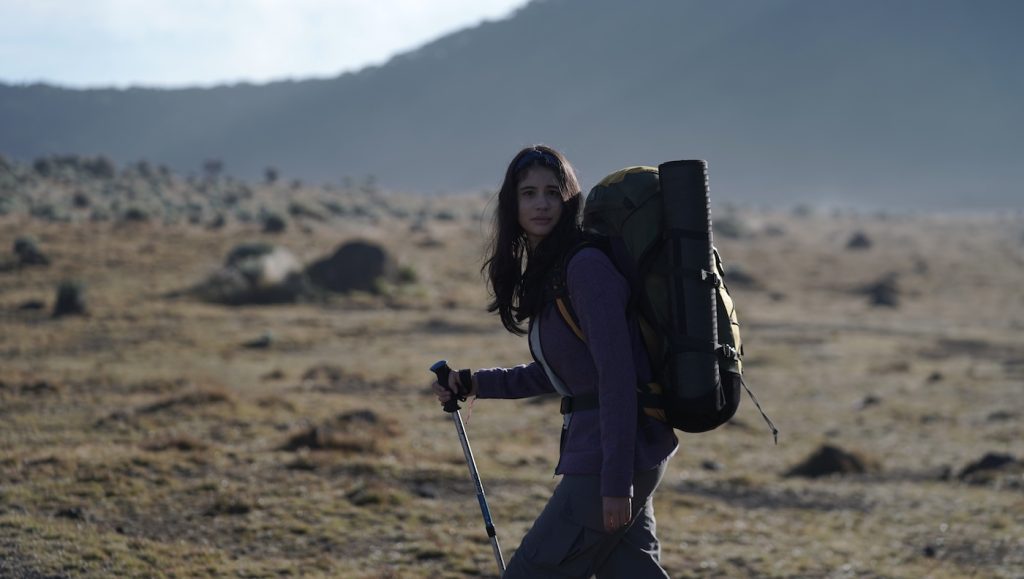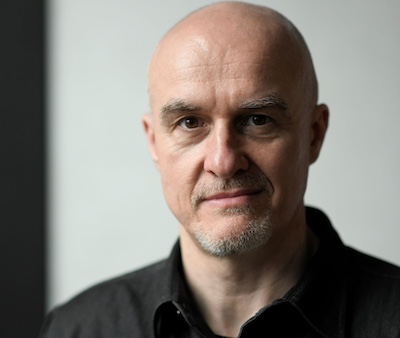600 Languages, One Vision: How Producer Reza Servia Bridges Indonesia’s Diversity for Netflix’s Global Audience
Born into a family steeped in Indonesian filmmaking, Reza Servia was perhaps destined to find his way into the business one way or another. Along the way, his journey took him through the suburbs of Chicago and Atlanta, via New Zealand and software engineering, with a side quest into competitive e-sports.
When Servia was five, his mother took him and his two siblings to the US after she separated from his father, accomplished producer and Indonesian film industry stalwart Chand Parwez Servia. His father had become involved in the business when he was a child, helping his brothers import Indian films into Indonesia. By the time he was a teenager, he was running theaters. Later, he established one of the country’s largest production companies.
From an upbringing in the house of a successful Indonesian movie business exec, Servia junior’s life took a sharp turn to being an immigrant raised by a single mother holding down two jobs to make ends meet.
“We couldn’t afford much growing up there, but we were able to afford the Monday afternoon matinee show. So that’s how we got our movie fix,” recalls Servia.

Feeling like he didn’t really belong because he looked different from other kids, his discomfort was compounded during middle school when his mom came to work there as one of the lunch ladies. After Servia graduated from high school in 2002, he returned to Indonesia, reconnecting with the large extended family on his father’s side. That led to an introduction to family in New Zealand, with whom he stayed while studying software development and project management.
After working as a software engineer for a couple of years in Jakarta, Indonesia’s sprawling capital, Servia’s father asked him to join Kharisma Starvision Plus. In this family company, cousins and uncles remain the primary producers to this day.
Starvision began life as Kharisma Jabar Film, focused purely on movie production, before expanding into television as the sector flourished in Indonesia. However, with local television now struggling with declining ad revenues and the resulting impact on production, streaming services have expanded their presence.

Having grown up bilingual and bicultural, Servia is the point person for Starvision’s cross-border collaborations with Netflix, Amazon Prime, Disney+, and Korea’s CJ Entertainment.
“Our first Netflix original, A Perfect Fit, did really well, especially in South America. Now we’re working on another Netflix series that’s their biggest yet in Indonesia, though I can’t share details at this point.”
He notes that while Disney+ and Prime have scaled back local production, Netflix remains committed, set to commission four or five Indonesian projects this year.
“Netflix positions itself as the premium choice for Indonesian content with titles like Gadis Kretek or Cigarette Girl. Local platforms like Vidio tend to focus on Asian dramas. Each has its audience.”
In addition to OTT growth, Indonesia is also enjoying a box office boom, driven by an expanding middle class and a growing network of cinemas, particularly outside Jakarta, notes Servia. Competing for this growing market are the two or three local films released every week, alongside a similar number of imports.
With around 600 ethnic groups speaking a multitude of languages across thousands of islands, Indonesia is a proverbial melting pot of a nation. This diversity creates both challenges and opportunities, along with making it hard for Indonesia to develop the kind of cinematic cultural identity that Korea has, suggests Servia.
“If you look at our box office, the number one film changes every year, animation one year, horror the next, then a romance or a comedy. We’re still figuring ourselves out. For now, the only constant is that good stories work.”

While the official language is Bahasa Indonesia, Starvision has found box office success with films in Javanese and Sundanese.
“Outside the big cities…reading subtitles can be a barrier. That’s why relatable, local stories in familiar dialects work so well. Sometimes we subtitle them in Indonesian, sometimes not, it depends on the audience. For example, a joke in a local dialect doesn’t always work if you translate it. We can mix dialects, Bahasa, even bits of English or Korean slang, but it has to feel authentic.”
Protecting both local and international IP remains an issue, despite some piracy prosecutions and ongoing attempts at education: “People don’t always realize that even posting a five-second clip from a cinema is piracy. We need to make it clear that it’s theft, just like stealing from a store,” Servia says. “As soon as a film hits streaming, it’s going to be pirated. Anti-piracy groups, government agencies, and platforms work to block sites, but pirates just reopen new ones. The real defense is creating a FOMO moment: making people want to see a film in theaters, now, in the best quality.”
Servia has found that the techniques he learned in project management have stood him in good stead as a producer: “It’s like running a 200-person project team for months. Some days you’re the shoulder to cry on, other days you have to make the tough calls.”
That same skill set came in handy when another of his passions – competitive online gaming – led to him becoming head coach for the Indonesian National Esports Team in 2019 for Hearthstone, an offshoot of the popular Warcraft game.
But his heart remains in film: “On release day, you’re checking every cinema app, counting tickets, doing the math in your head. Sometimes it’s gratifying, sometimes it hurts. But if you’re proud of the film, that’s what matters. That’s why we keep making movies.”
For more interviews with filmmakers, producers, and industry professionals taking big swings in Asia, check these out:
Oscar-Nominated “Elvis” Producer Schuyler Weiss on What’s Right About Korea’s Filmmaking Industry
From “Kill Bill” to Martin Scorsese to “Shōgun”: Producer Eriko Miyagawa on Her Hero’s Journey
Featured image: Aurora Ribero. Behind the scenes of “Komang.” Courtesy StarVision Plus/Netflix.



